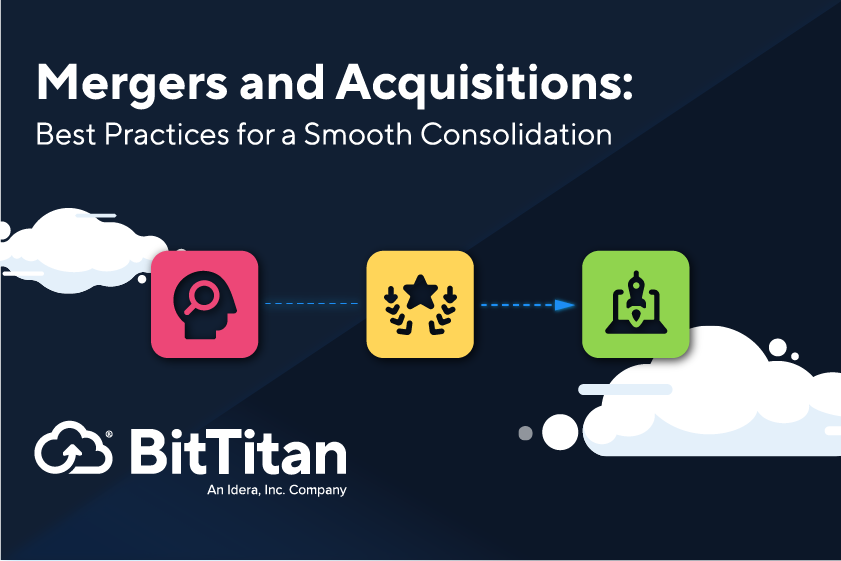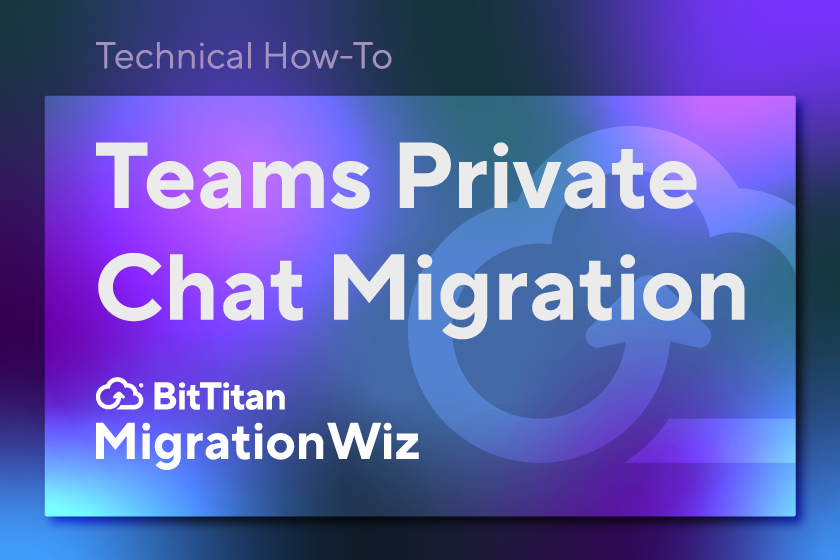During
It’s important to keep communication flowing during the migration, especially in an M&A scenario. There will be a lot of pressure to complete the project quickly so the combined organizations can begin to function as one. But this is also where lack of coordination can result in data or productivity losses. Continue to lean on your IT taskforce as you move into the migration phase.
Set up collaboration: When you’re ready to start the migration process, consider migrating the productivity platform first. This way teams can immediately begin working and communicating together. Once that’s completed, you can start migrating the other systems and applications.
Communicate: A lot of what happens during a migration goes on behind the scenes, but that doesn’t mean it should be kept a secret. Communication is critical, and it should be done at all levels of the organization. Once you’ve set a date, notify users and let them know what to expect. Make sure users know who to contact if they’re concerned about a particular work function or if they discover an issue that’s impacting their productivity. Be sure to provide progress reports, and don’t forget to announce once the transition is complete. If the plan changes for any reason, you’ll want to let everyone know.
Test: With MigrationWiz it’s easy to set up tests that will alert the team to issues that might impact timing or data integrity. This allows you to monitor the process and make sure concerns are dealt with as soon as they are detected.
After
The migration cut-over date isn’t the end of your project. Activities during the post-migration timeframe can help the combined organizations take full advantage of their integrated platform and assure a stable, worry-free environment.
Commit to consistent maintenance: Consistent maintenance is vital for preventing minor issues from snowballing into more complicated problems. Be sure your data governance protocols are being followed and security updates are top priority.
Educate the organization: Employees impacted by a merger or acquisition will have a lot of new things to get used to. This may include everything from a new manager to different processes and procedures. If they’ve also been switched to an unfamiliar collaboration platform, it’s important to provide them with training, tips, and support to help them get up to speed quickly.
Make the most of the new environment: If a merger or acquisition means your organization now gets to take advantage of working in the cloud, be sure you’re prepared to make the most of it. BitTitan recently published these 8 tips for making the most of your cloud environment.
Yes, you have a lot to think about when your organization is planning a merger or acquisition. A migration may be inevitable, but you can also make it the smoothest part of the transition. BitTitan has people and resources to make sure every migration is a success. Contact us today to get started or learn more.


